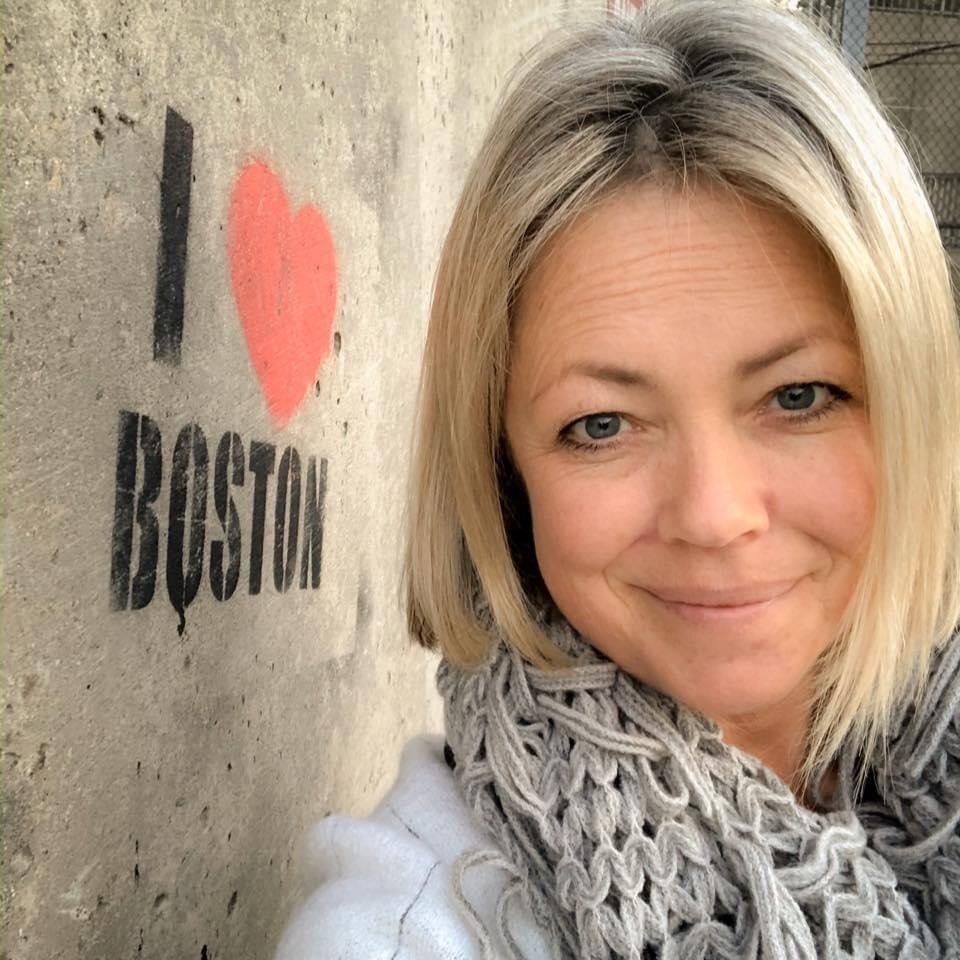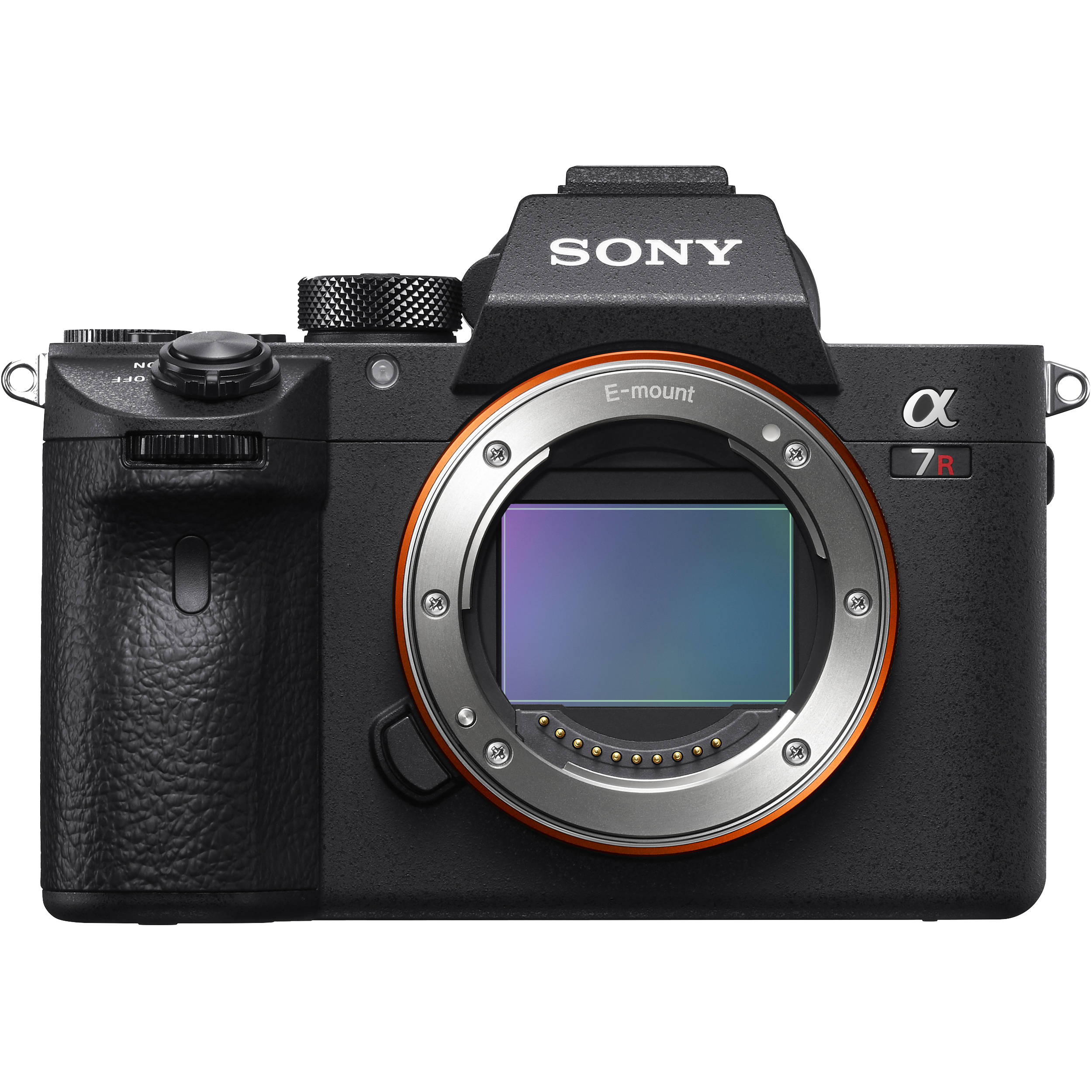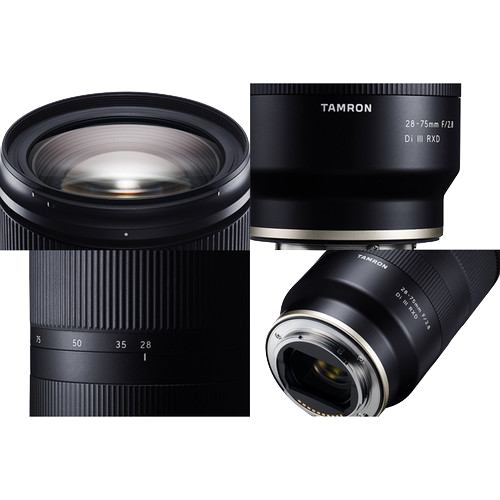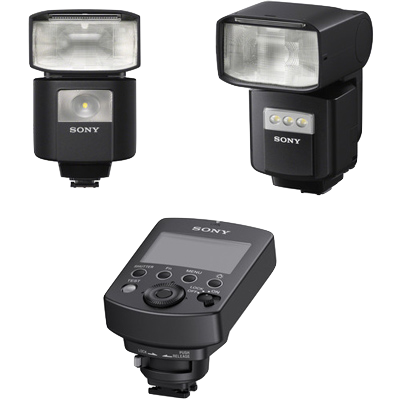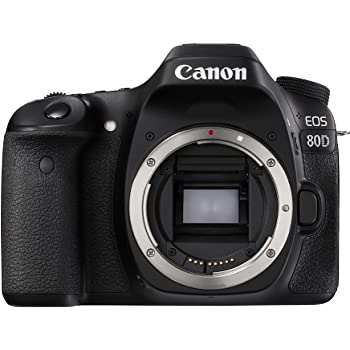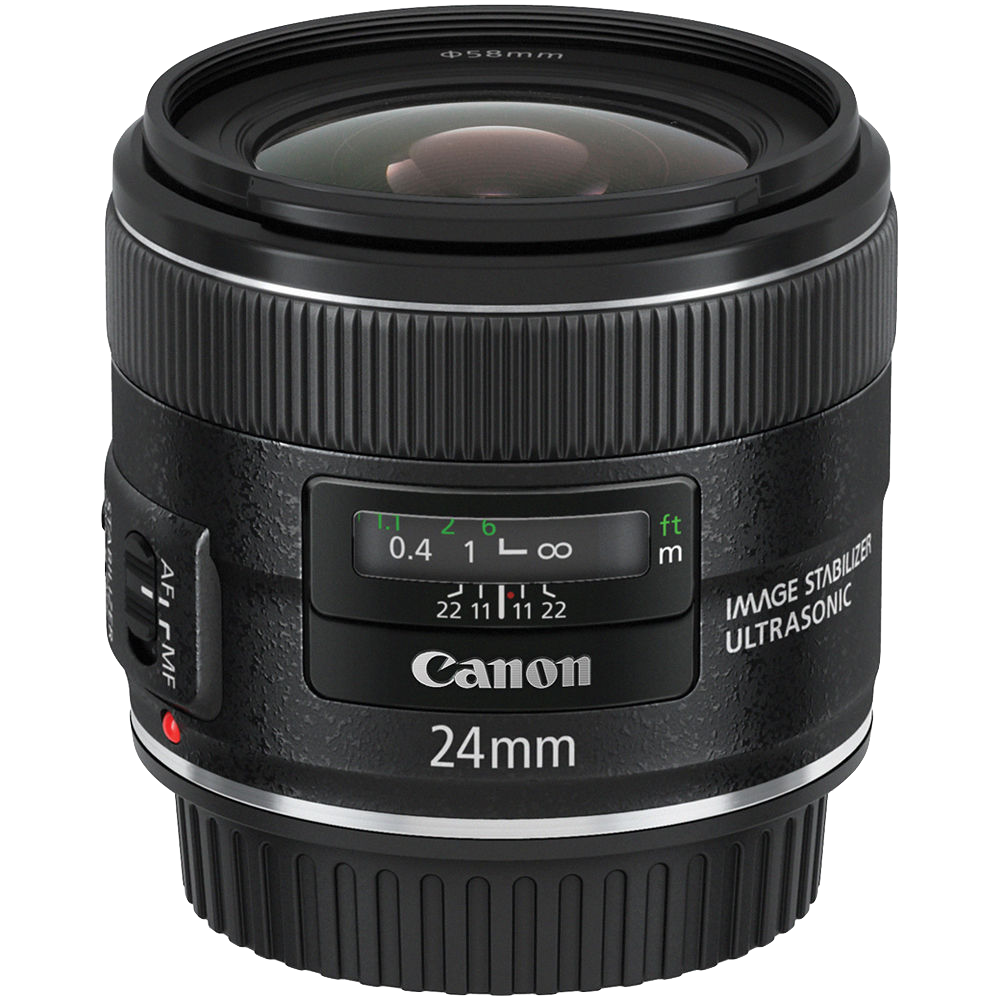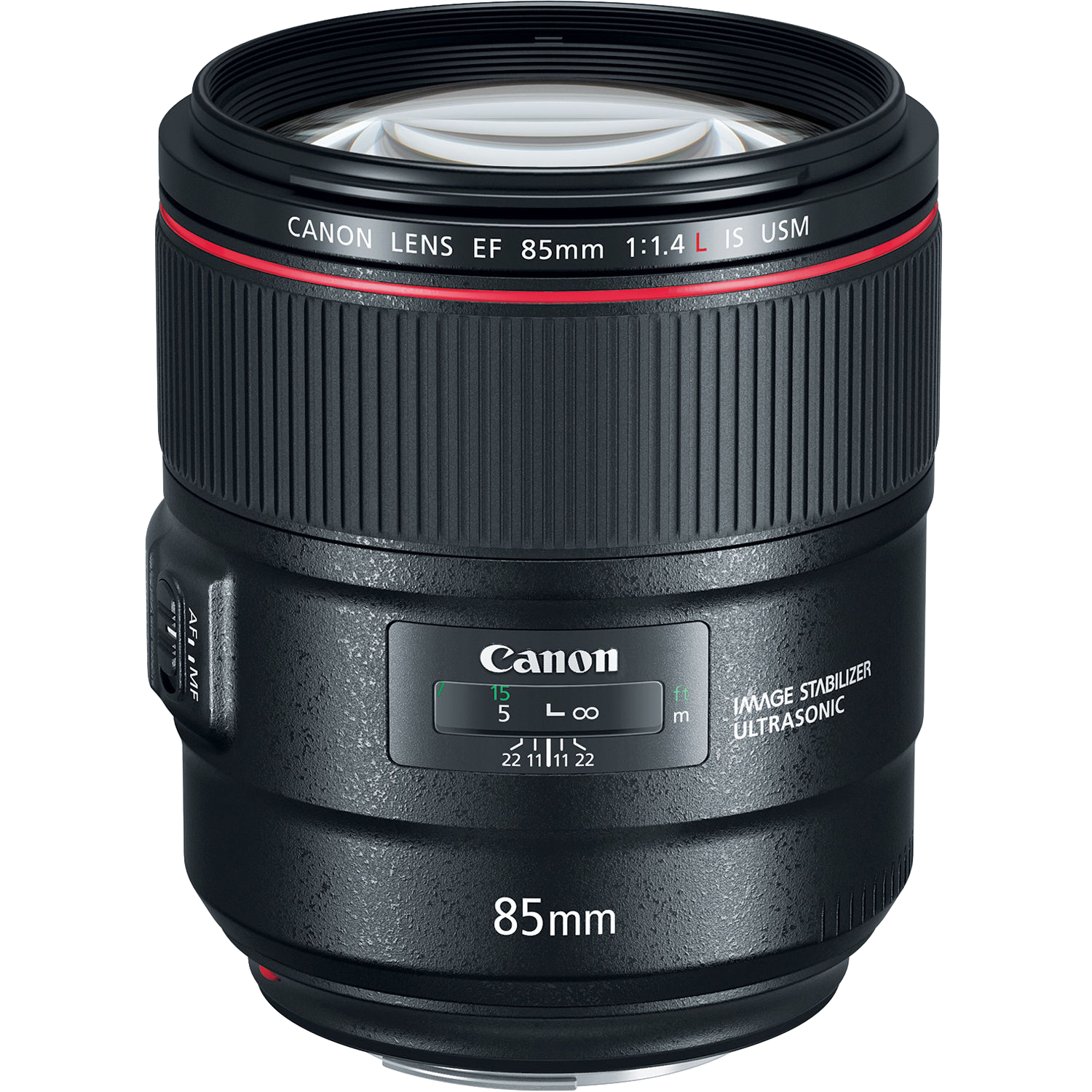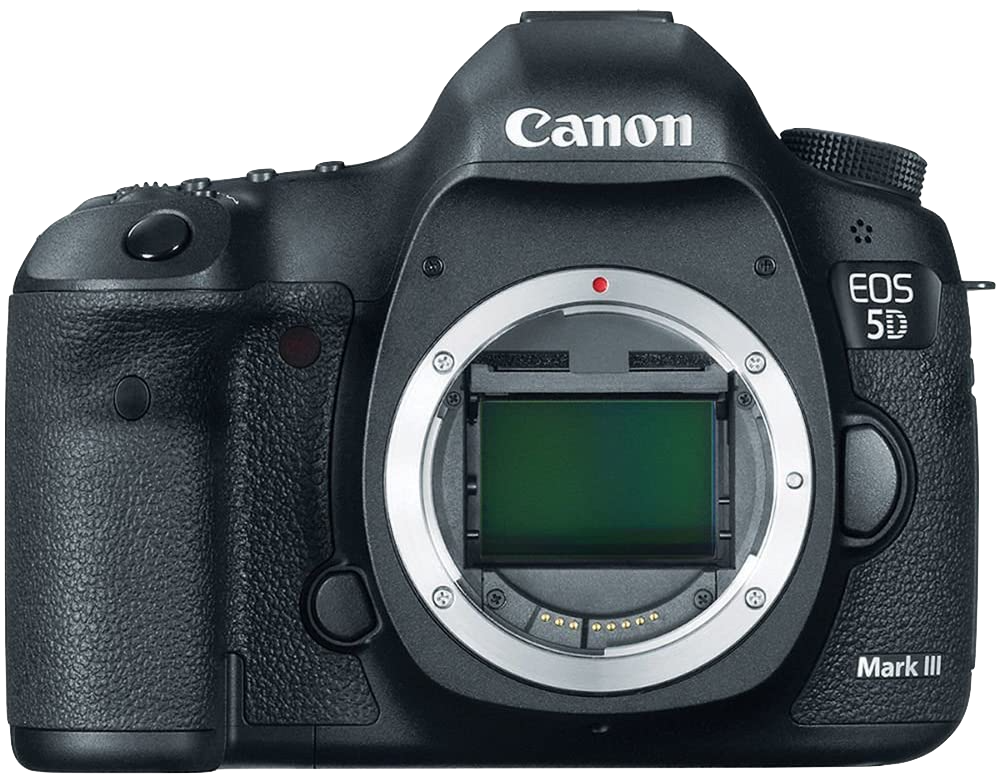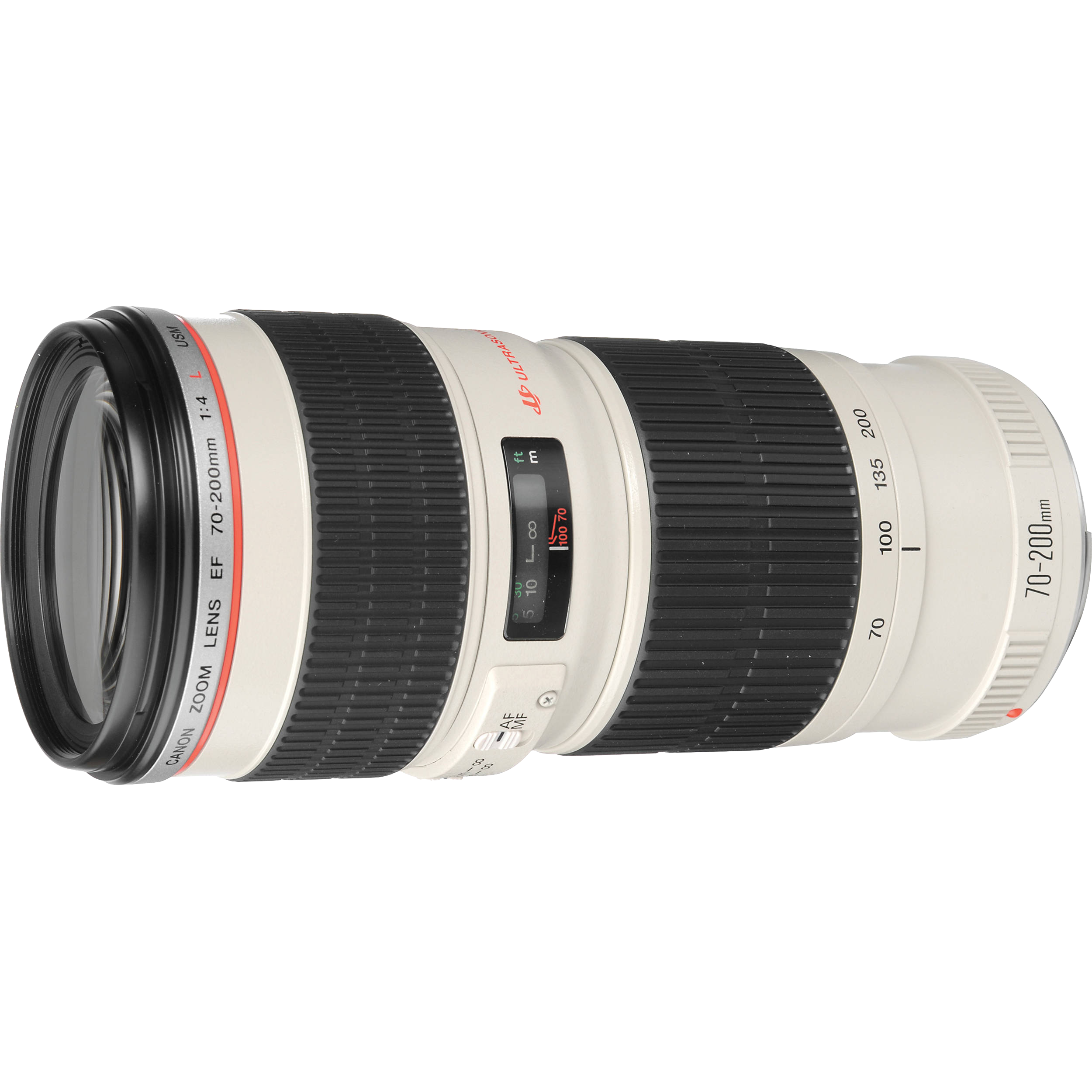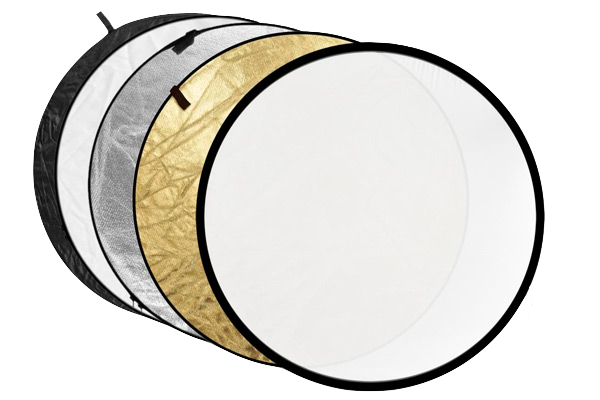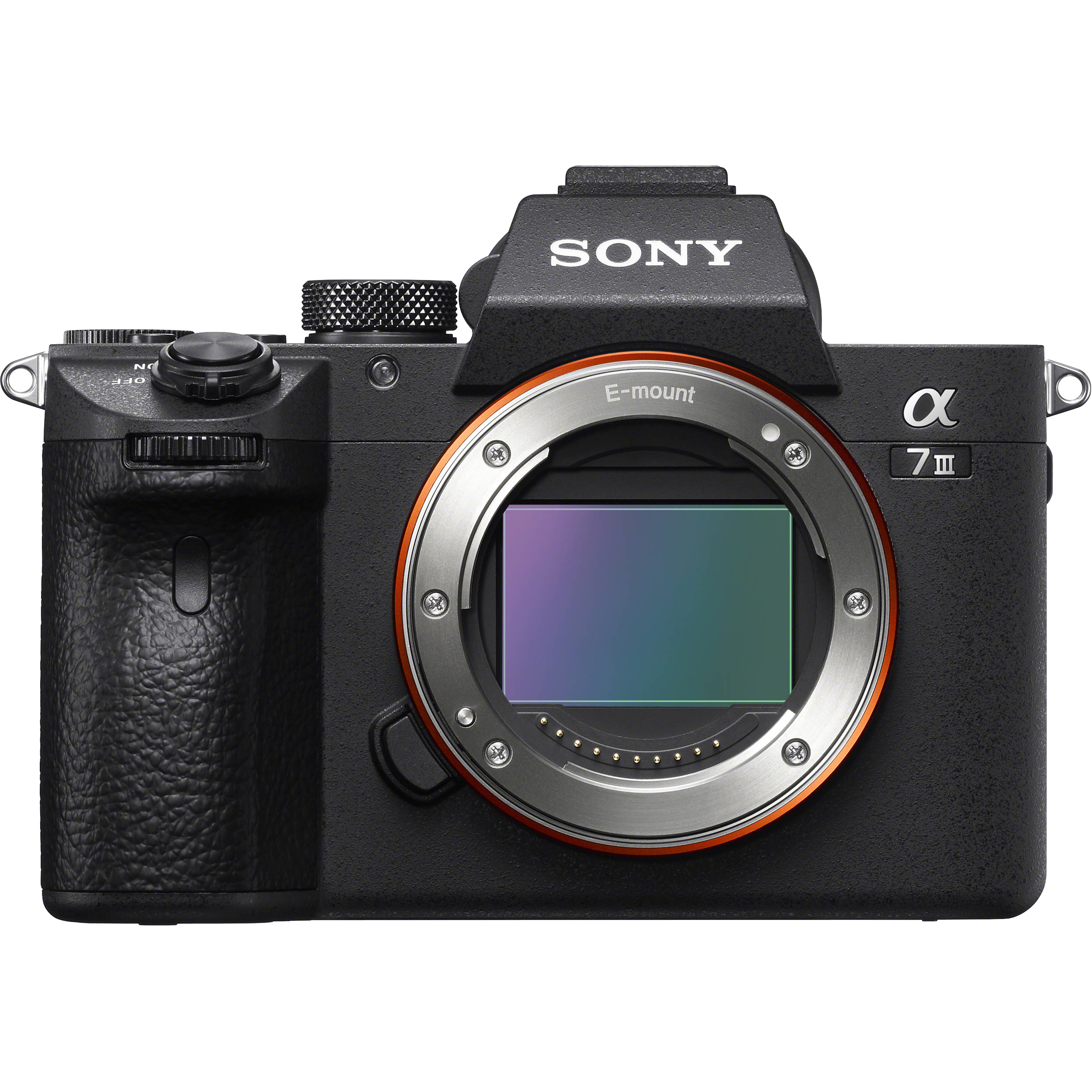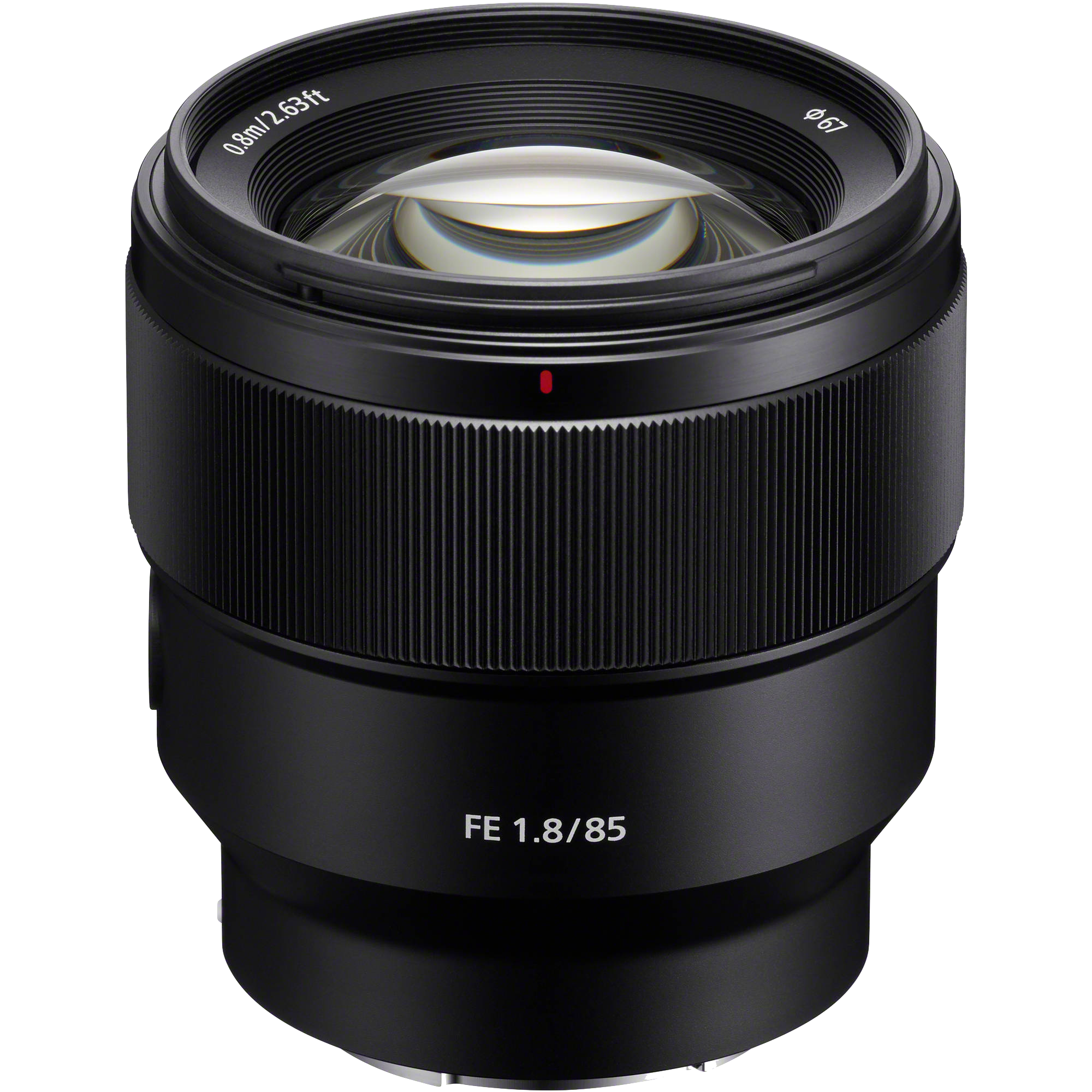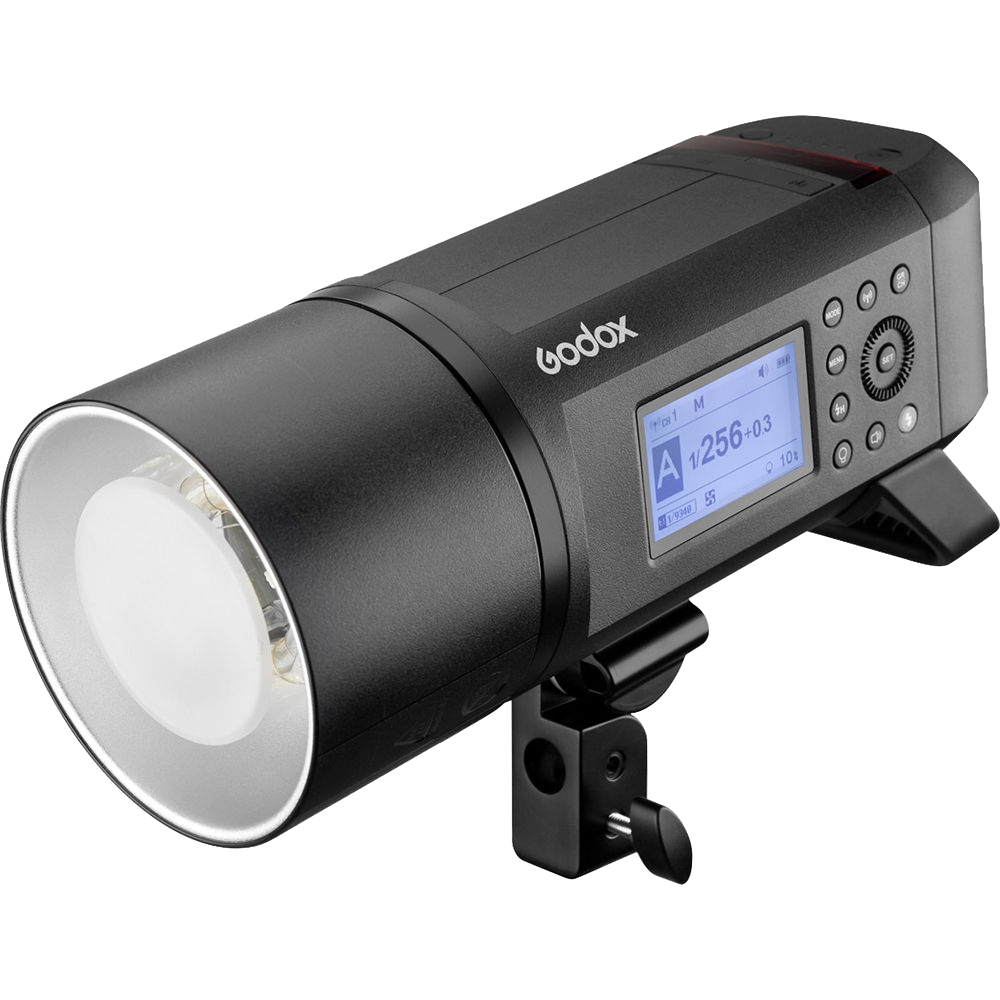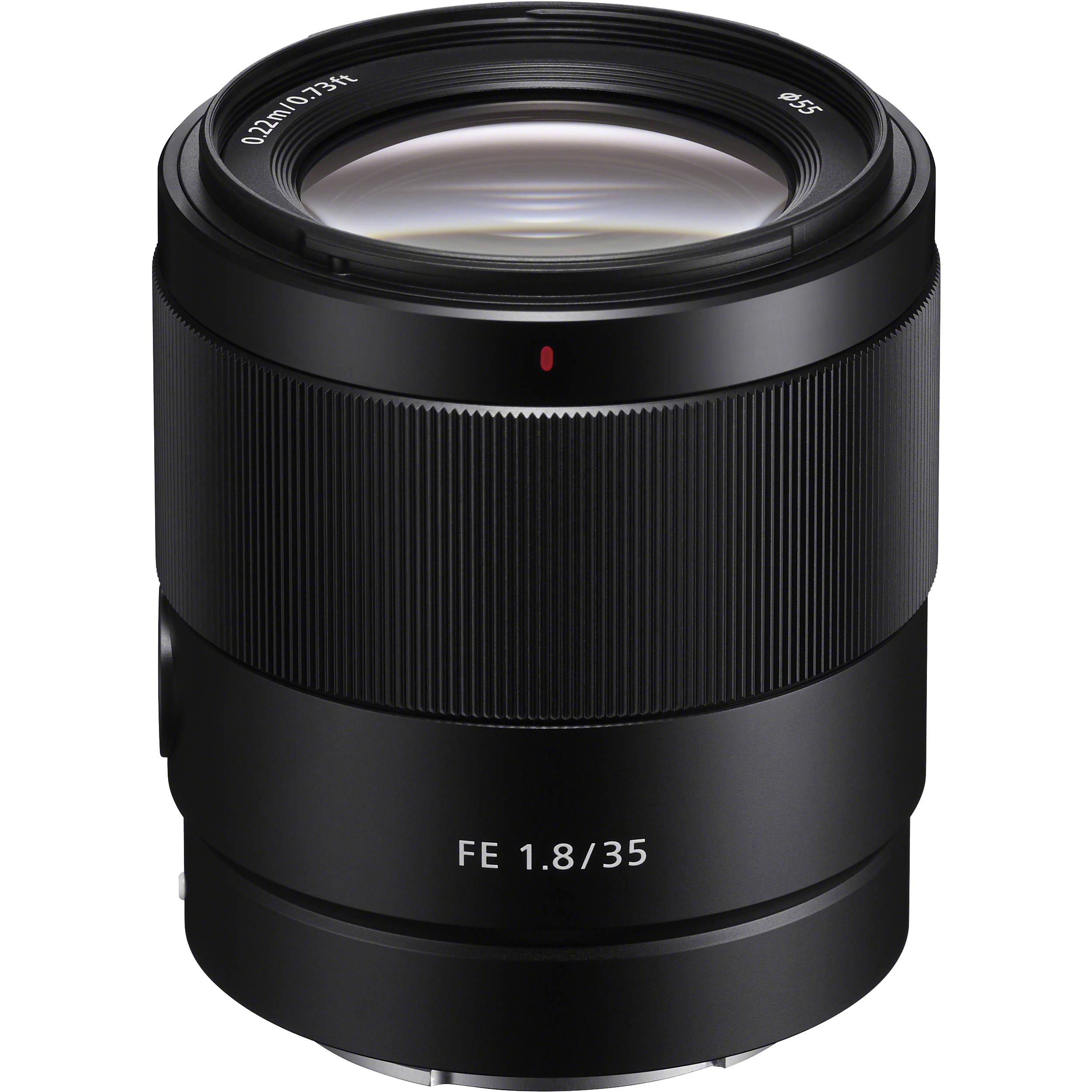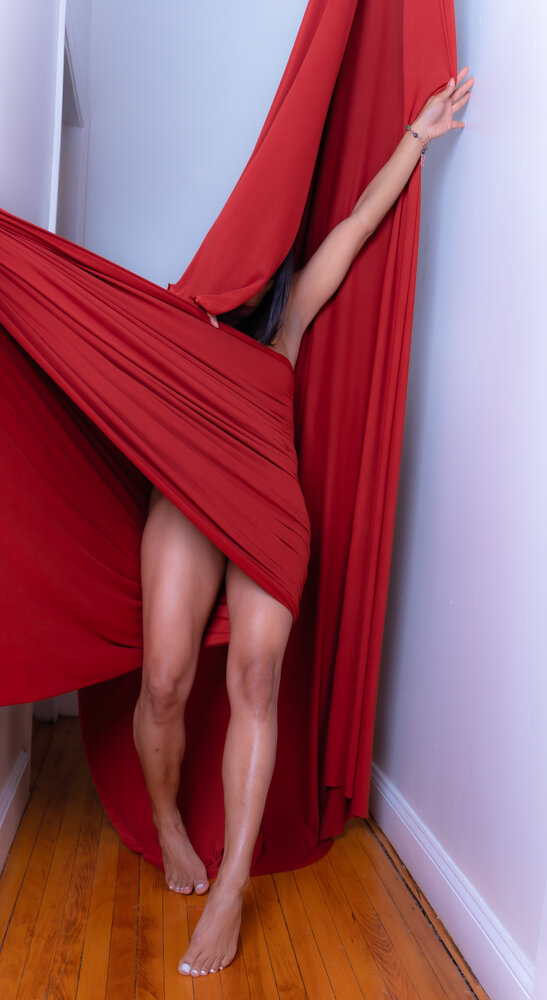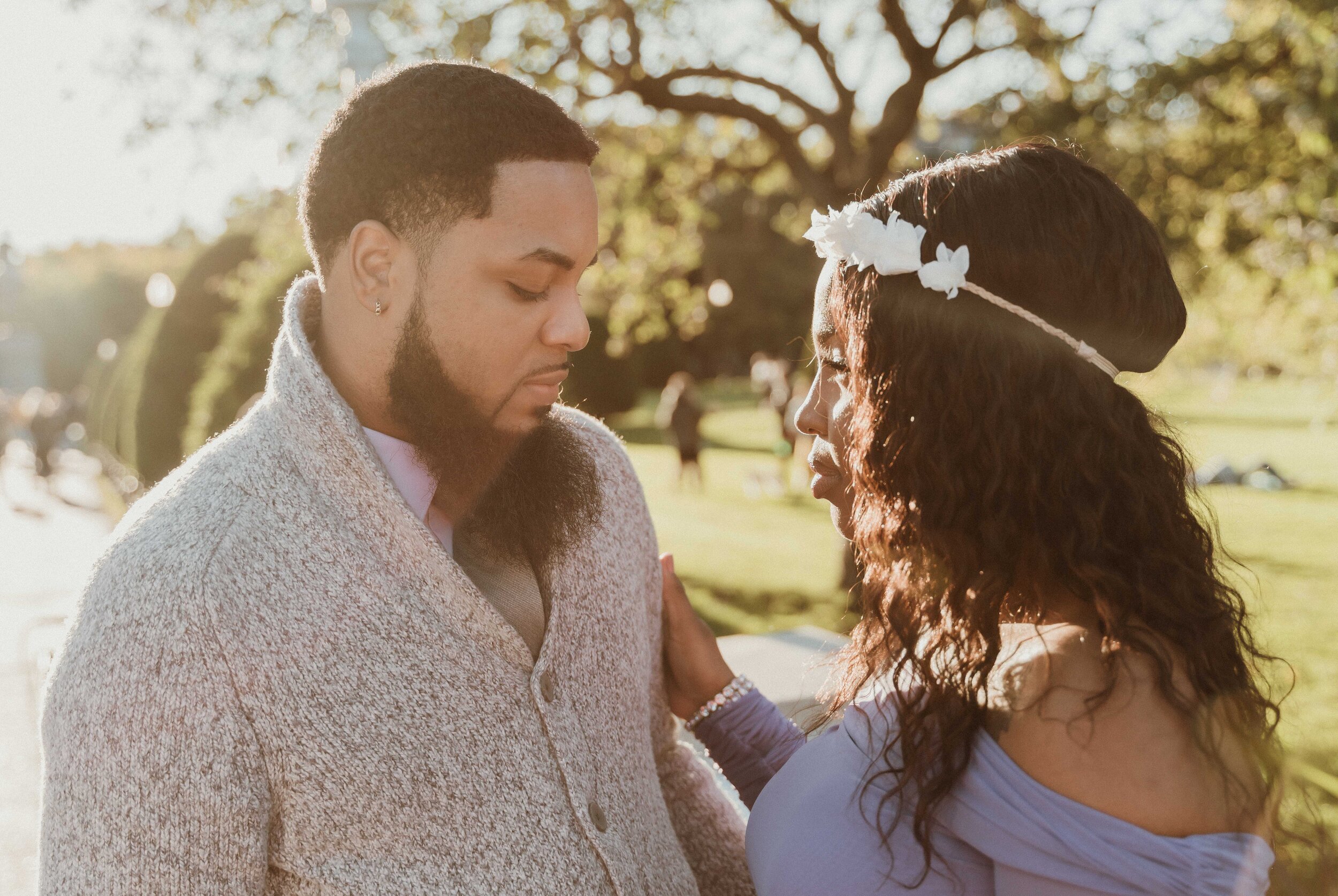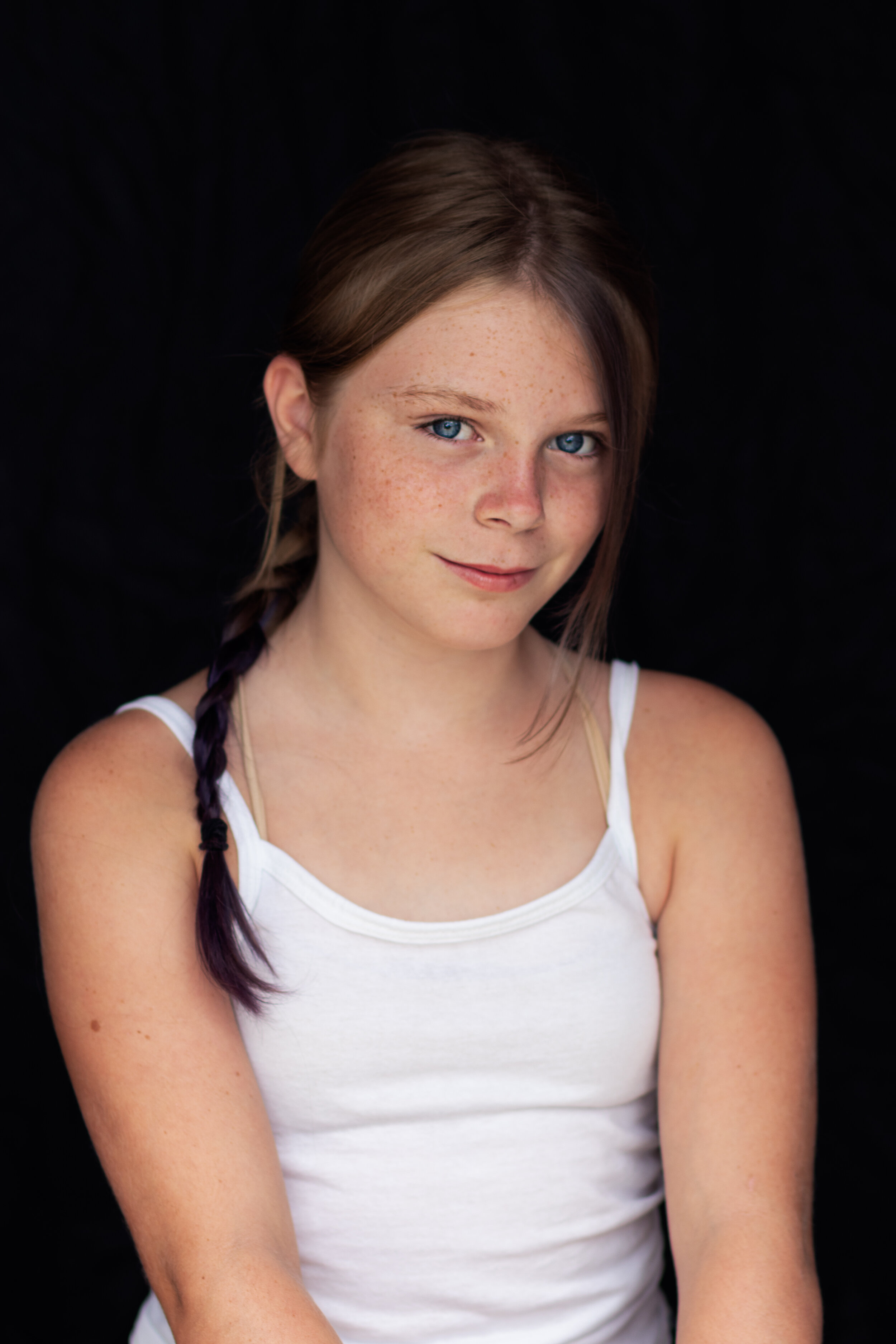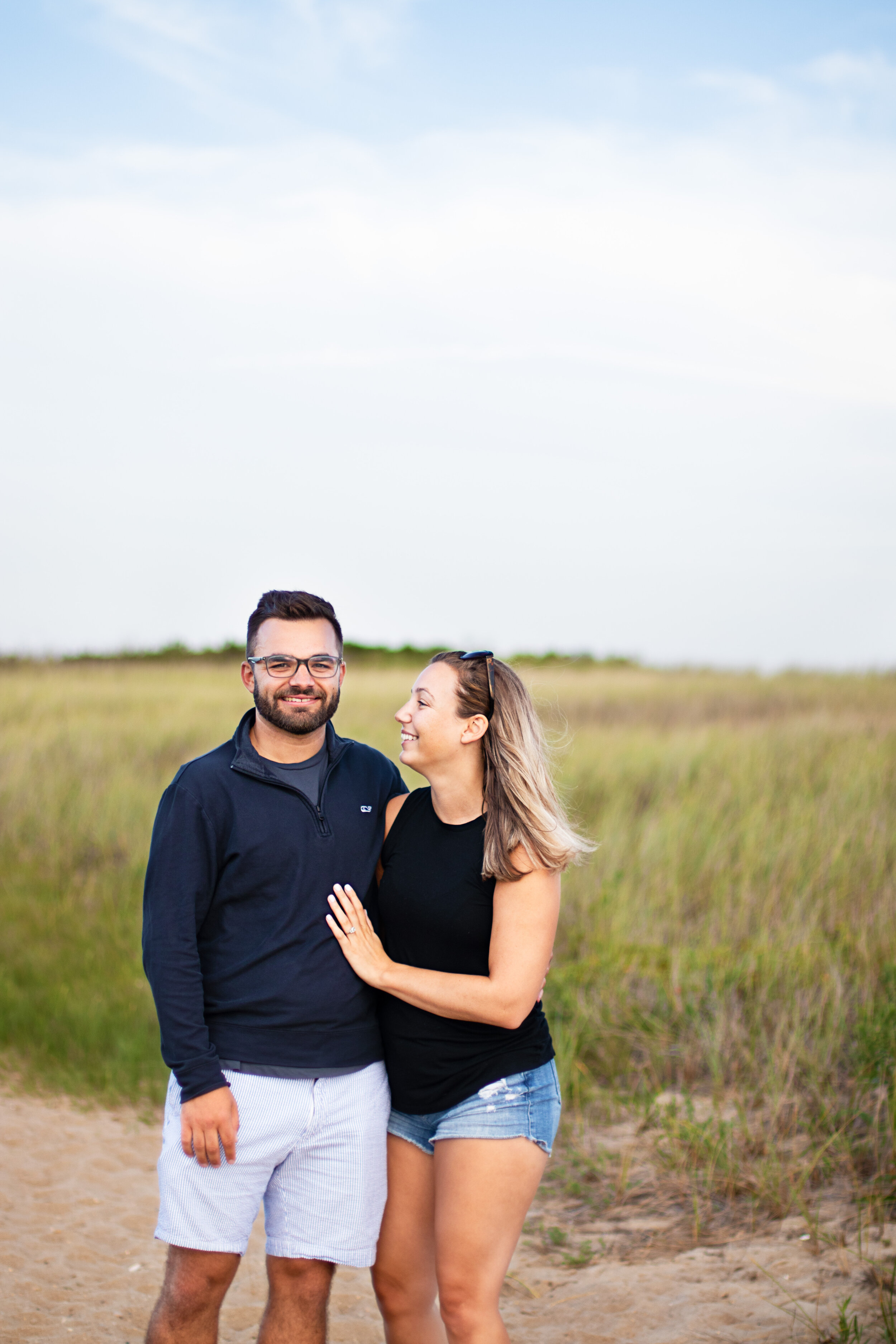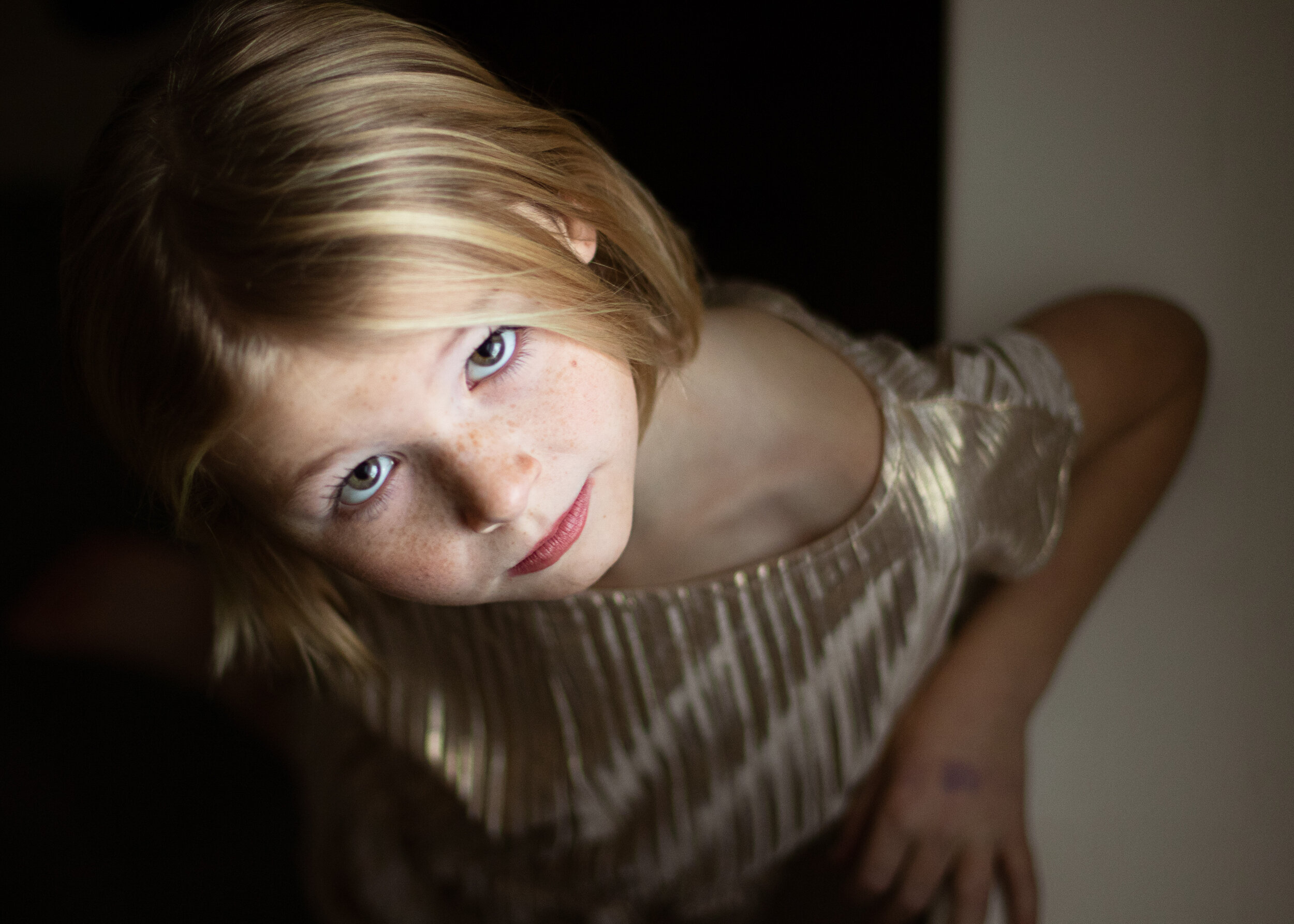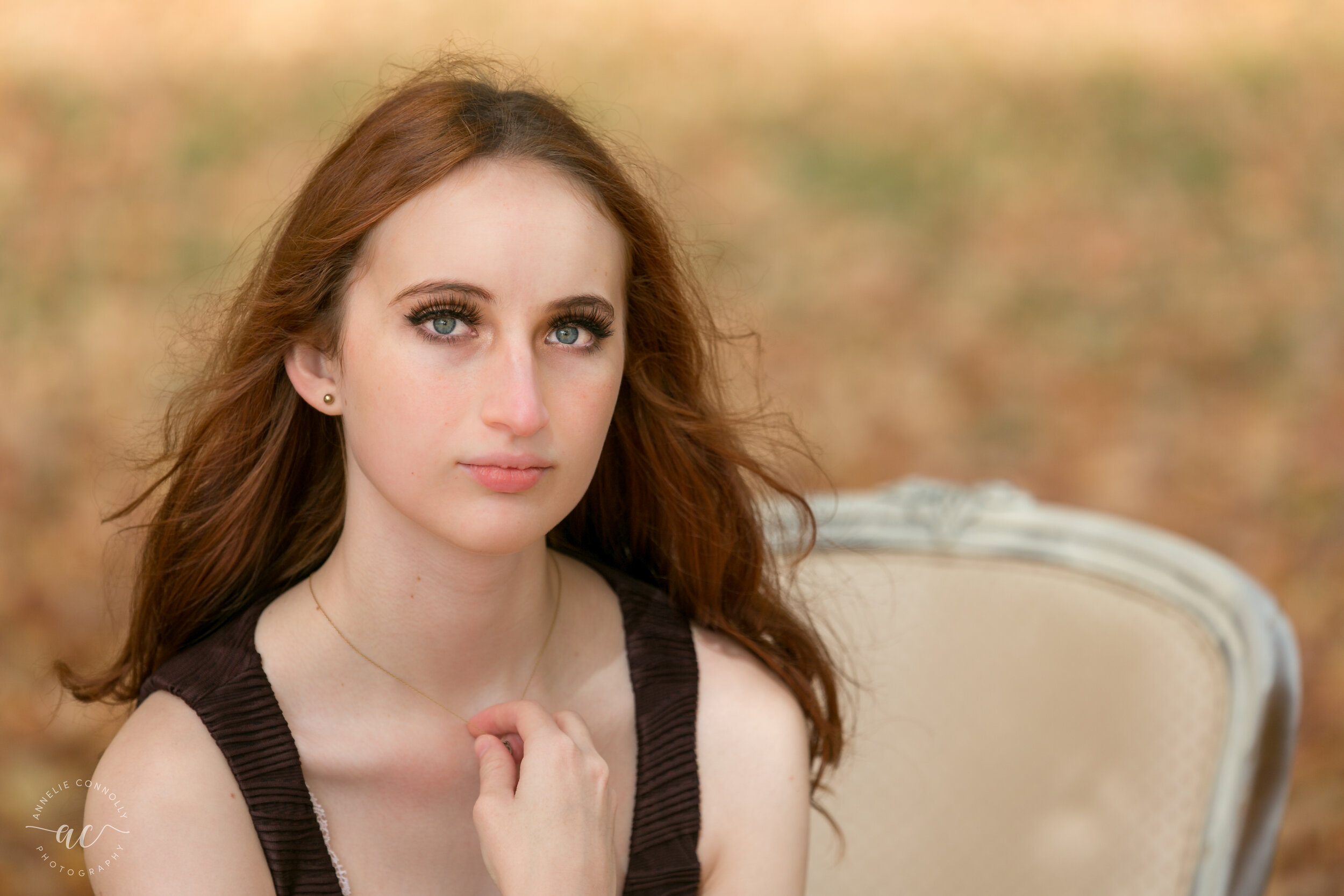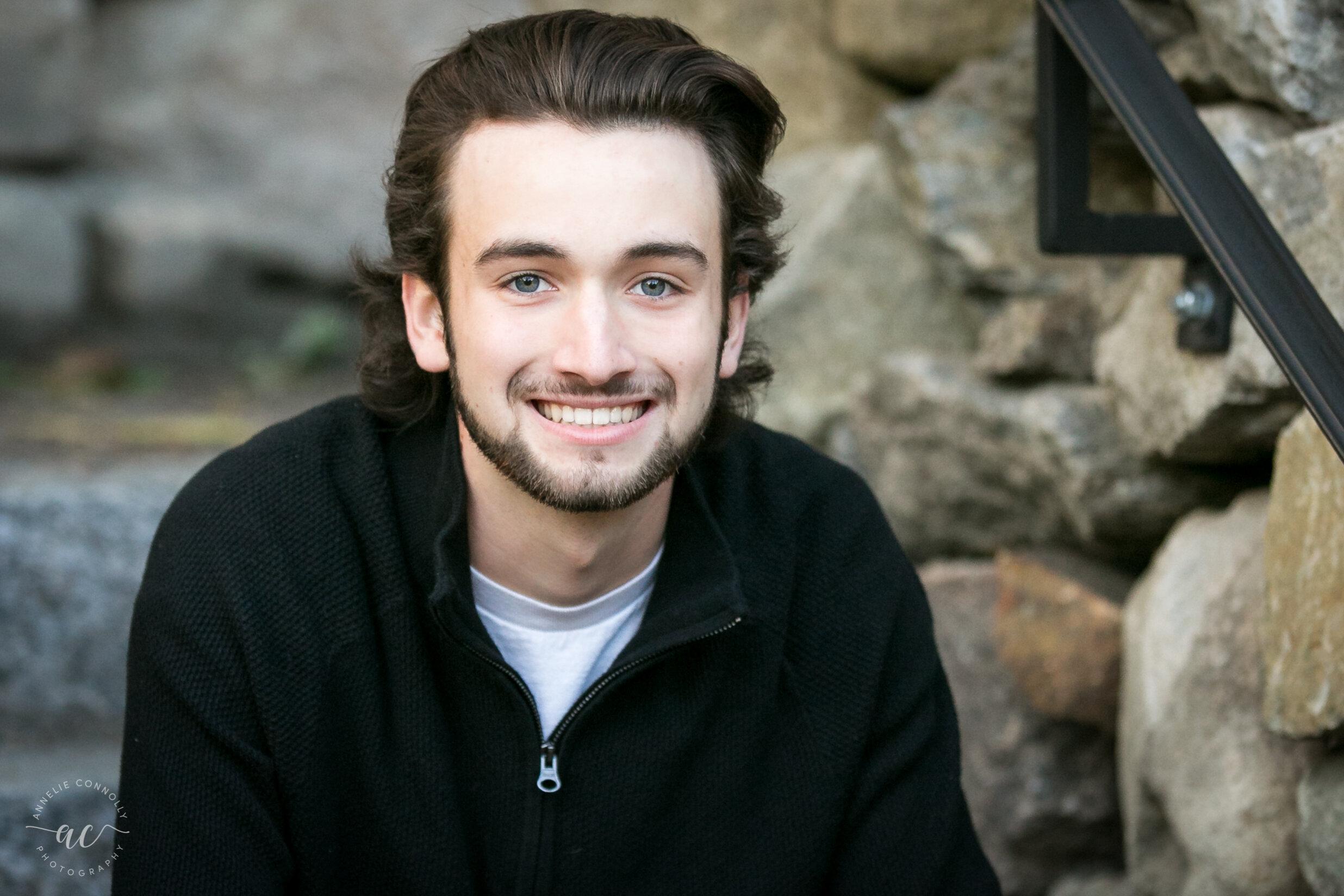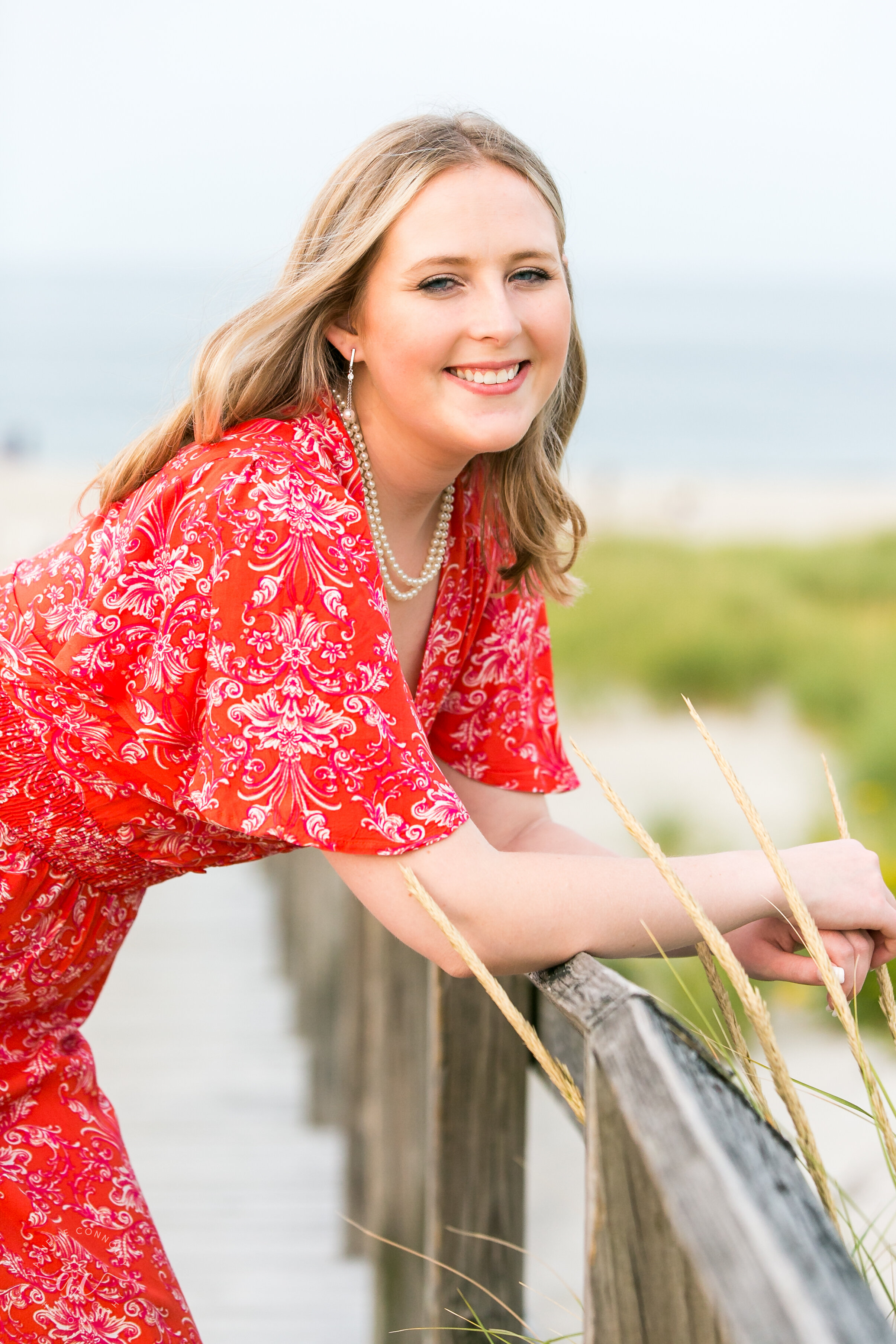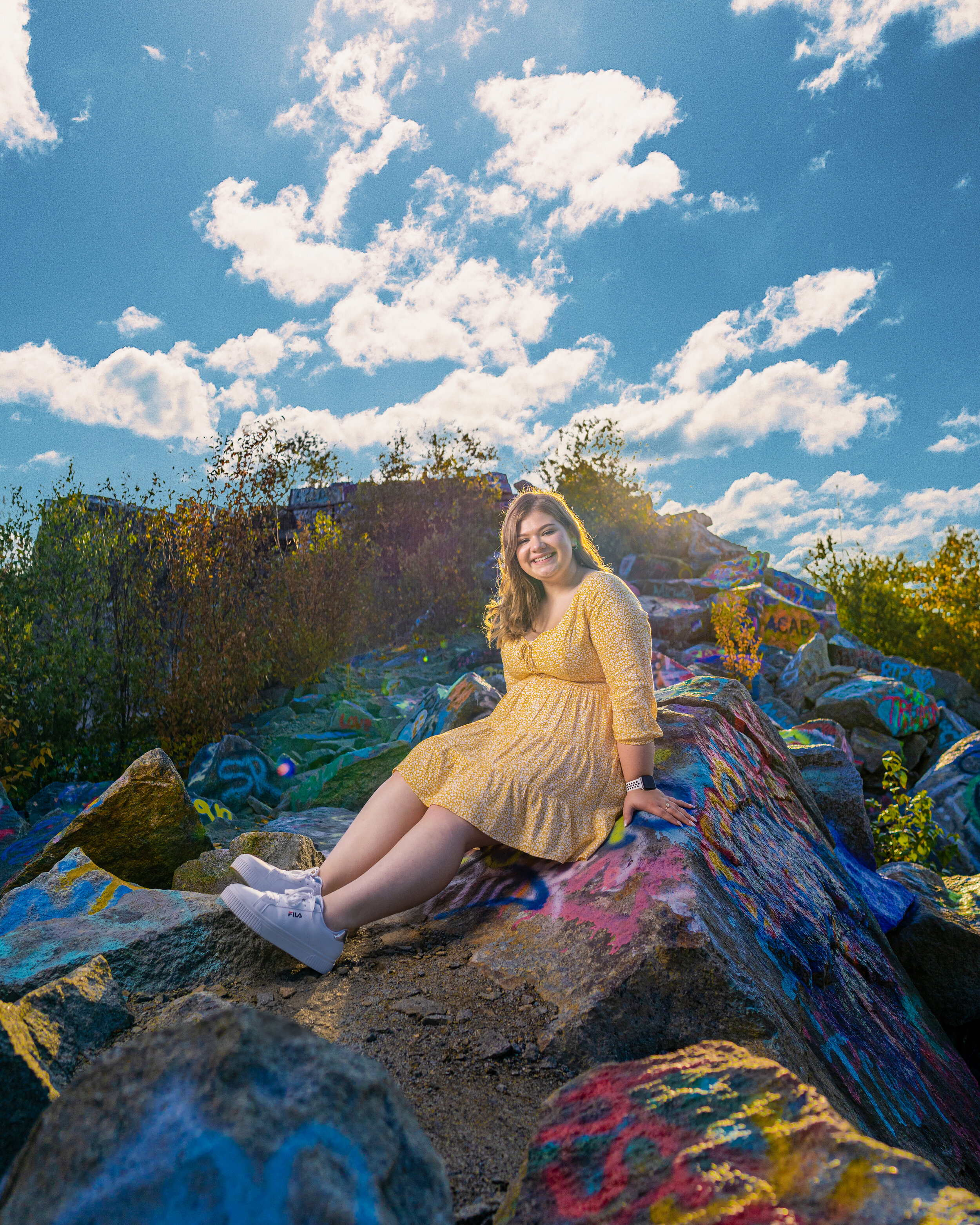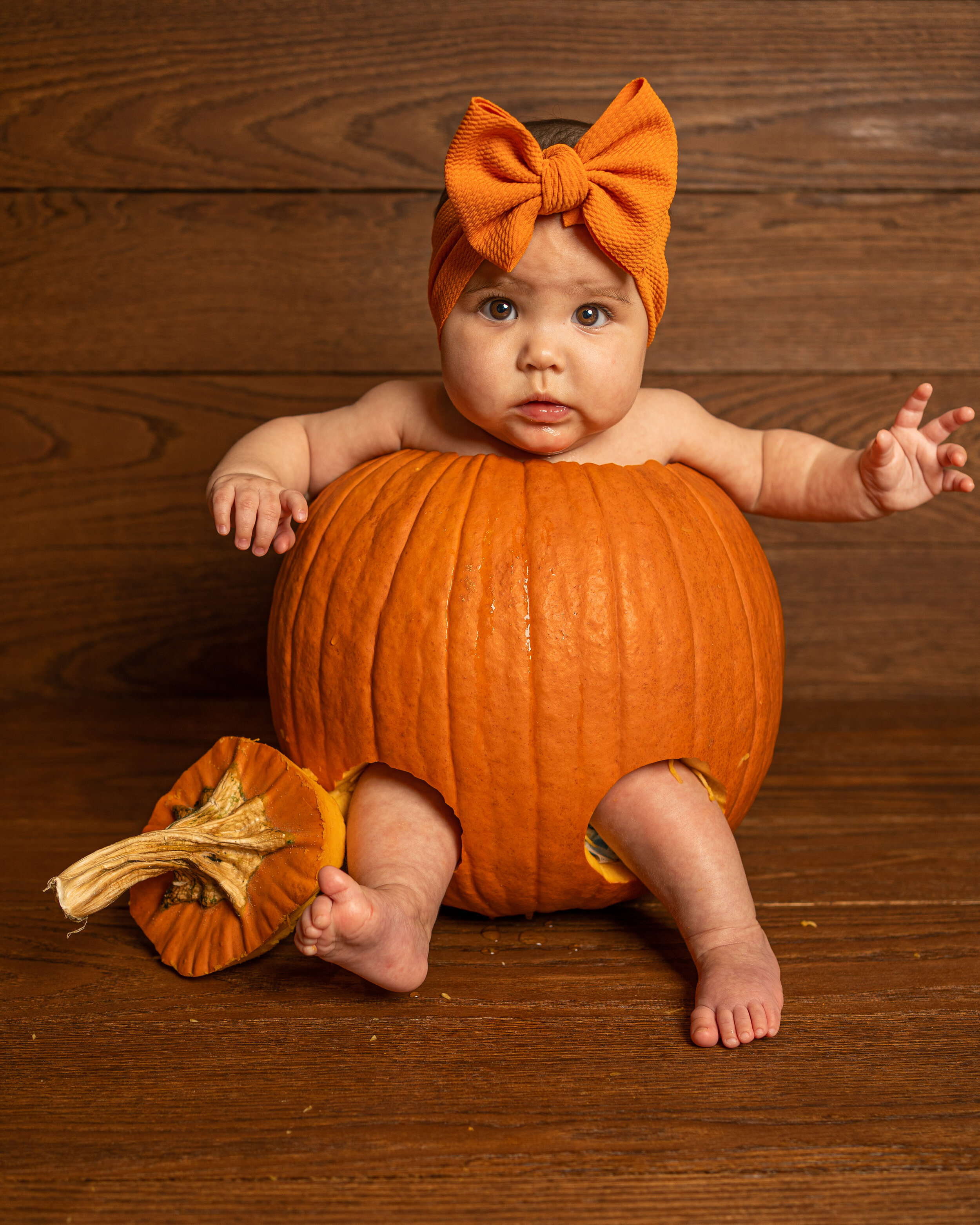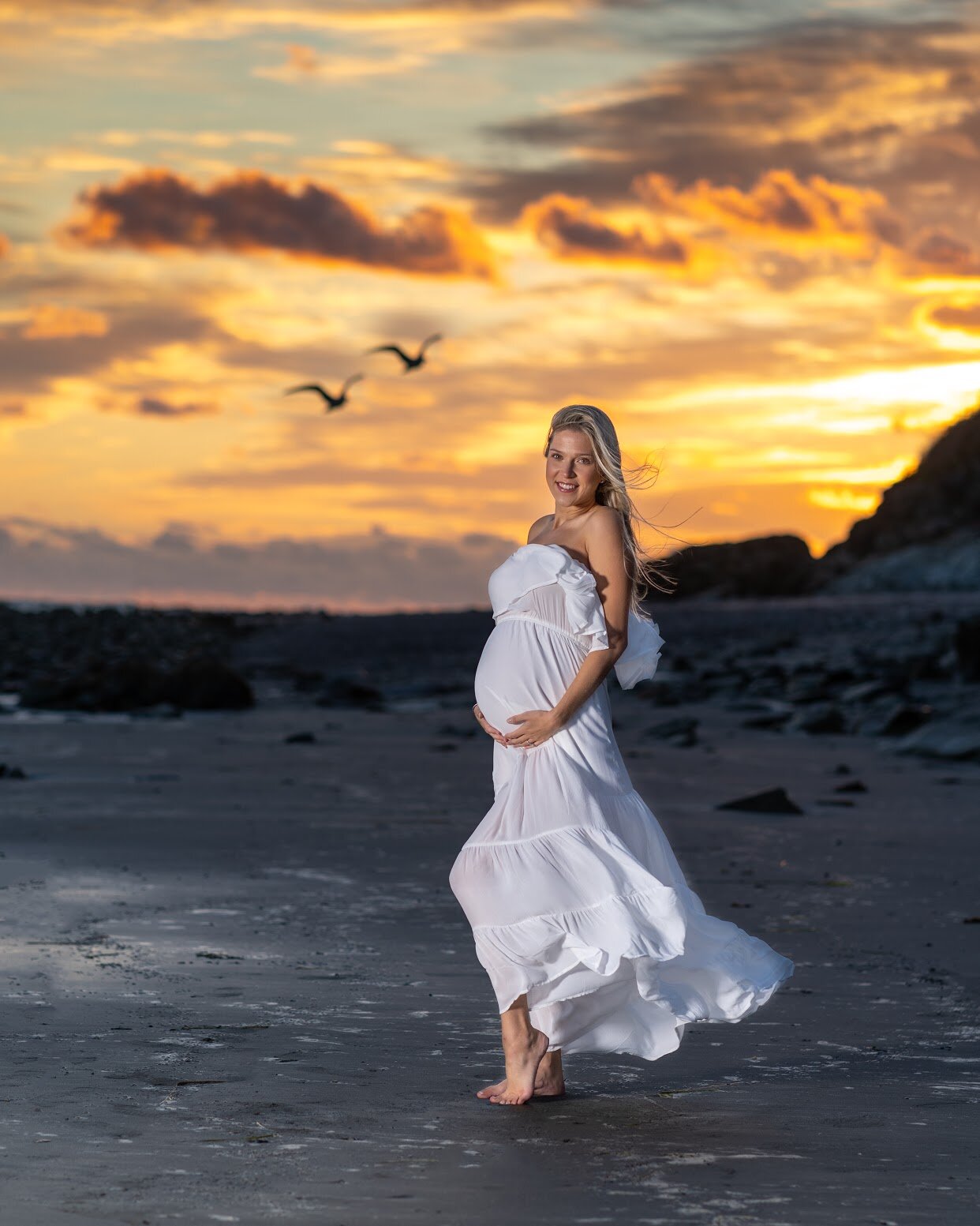Our Artist Profile series features talented photographers from our very own BPW community who specialize in a different photographic niche. In each part of this series, they will recommend their favorite gear, offer advice based on their own experiences, and more!
Be sure to check back for the next iteration of the series—there is always more to learn!
Who we interviewed:
Rob Alexander
Camera: Sony A7RIII
Focus: Lifestyle and Fashion
Instagram
Let’s talk about gear first! What do you use?
Rob Alexander
Camera: Sony A7RIII
Lenses: Tamron 28-75mm F/2.8 for versatility
Other gear: Off-camera flash and a passion for photography!
Carrie Belcher
Camera: Canon 80D
Lenses: 50mm/85mm/24mm - I mostly shoot with my 50mm, it’s my go-to lens. I love the sharp images and that it is wide enough for a little context within the shot.
Other gear: I have exclusively used natural light and always been solo; so it has just been me, my camera, and the sunshine. I think the greatest tool is understanding the light/time of day and where to position my subjects.
Annelie Connolly
Camera: Canon 5D Mark III
Lenses: Canon 70-200mm 2.8 is my workhorse. It’s a great quality lens with a good range of focal lengths and wide aperture. I like how I can exclude things or people in the background if I choose to. I also have a Canon 24-70mm and a Sigma Art 50mm that I use, but less so.
Other gear: A 5-in-1 reflector/diffuser—it is cheap, lightweight, and easy to bring along for extra light or to diffuse light.
Javier Rivas
Camera: Sony A7III
Lenses: Sony 85m 1.8 & Sony 35 1.8. I've always favorited prime lenses over zoom lenses. In my personal experience, prime lenses are much sharper and faster when it comes to autofocus. Prime lenses also force me to move constantly and to manually "zoom" by moving around my subject, which also helps me be more creative in finding different compositions.
Other gear: Godox AD600 strobe. When I first started, I always struggled with blown out/overexposed skies. When I got my strobe, I was able to expose for my background then use my strobe to fill in my subject thus properly exposing both my background and subject. But this is not necessary by any means.
What is your go-to photo location? Or what is the location for your favorite photoshoot you've done?
Rob Alexander: Boston Commons and Frog Pond.
Carrie Belcher: I recently did a shoot at the Eustis Estate Museum in Milton which offers many beautiful locations and I also enjoy the Quincy Quarries for its unique, ever-changing backdrop. But, my favorite spot has been a small association beach in Falmouth. Over this past year, I have spent a great deal of time there becoming familiar with the landscape, and better understanding how the sun moves, which has made me feel more comfortable.
Annelie Connolly: I’m quite partial to shooting at orchards!
Javier Rivas: My favorite location that I just found last year would have to be Nantasket Beach during sunrise in the spring/summer. The bright sun with the beautiful orange, yellow, and red skies almost make all of the photos look photoshopped!
What is your favorite thing about Portrait Photography? Learning Curves? Goals?
Rob Alexander:
Favorite thing about portraiture: My favorite thing about portrait photography is capturing memories. I want to leave something on earth long after I am gone.
Goals: One of my goals is to improve on my editing and secure my own studio space.
Carrie Belcher:
Favorite thing about portraiture: Portraits are a challenge; lighting, posing, time of day, cooperation from subjects, big groups, kids, surprise engagement photos, backdrops, etc. It all adds up and there is a lot to think about. I don’t think I realized the amount of effort until I started. When I began I thought it would be much simpler. I keep at it because I know there are improvements to be made and plenty to learn. I also truly love how it makes me feel to share a pretty photo!
Learning curves: I’ve found groups to be a big challenge. I think it is difficult to have people look natural and comfortable on top of the usual challenges of lighting and focus. I failed to realize how much direction a group needs. This realization has forced me to do some leg work on posing and tips for getting groups to interact. It is an area that I continue to look for assistance and need more practice.
Goals: Learn to use my new camera (I've upgraded to a full-frame and feel like a toddler trying to tie their shoelaces for the first time) and continue to put myself into new and uncomfortable situations.
Annelie Connolly:
Favorite thing about portraiture: This may sound strange, but it's not the photography itself. It's realizing that you can influence how someone feels about themselves. To hear someone say "I usually don't like the way I look in pictures but I really like this photo of me" is about as rewarding as it can get—that makes my day. And the other part is connecting with people, big and small, and getting a look into their lives and their personalities. I like people.
Learning curves: Challenges? Ha! Lots to still work on: Editing skin tones, post-processing for prints.
Goals: Update my website and get organized (the same goal every year and it never happens).
Javier Rivas:
Favorite thing about portraiture: My favorite thing about portrait photography is that I can capture more than just a photo. When I shoot my subjects I capture their confidence in the way they walk or pose. I capture the love and joy between two people staring into each other’s eyes. I can capture such a wide range of raw emotions that you can feel when looking at a photo. I do what I do because everything I capture has a purpose. My images make my clients happy and relive what a good time they had during our session. I do it to freeze time when my shutter closes and opens back up. I do what I do because it makes people happy. Simple as that!
Learning Curves: The biggest learning curve, which I'm still going through, is directing individual subjects during a portrait session. I sometimes begin to run out of poses and prompts to help direct my subject and get to a "what now?" point; but I've been working very hard on this and have made improvements. Instagram, YouTube, and Pinterest are incredible tools to help you with this specific issue of posing. Don't look at other photographer's work to copy them but use them as inspiration instead to help guide you for the next time you have your camera in hand.
Goals: To get out and shoot more. I also want to try to learn how to shoot 4k cinematic videos. Like I said, don't get stuck on one thing when you can try it all!
I dedicate all of my success to my Nana, Regina Rosher. Thank you for believing in me. I love you nana.
Any advice for other photographers?
Rob Alexander: Make sure it something you love and that you are always willing to learn more!
Carrie Belcher: Don't feel bad about the thousands of bad photos you take before you get a few good ones!
Annelie Connolly: A little bit of planning goes a long way (location, poses, ice breakers). Don't fire away hoping that you'll have a handful of good ones out of 300. Slow down, look at your subject/s, look at your images, and correct poses, composition, lighting or whatever needs attention. Get on their level (get lower for kids), and explore distance to the subject and different poses (sitting, standing, leaning... ). I’ve read several portrait books which helped me, and of course, practice makes perfect. Last but not least, take a BPW portrait class if you haven't.
Javier Rivas: You might take terrible photos at first because I know I did. Don't worry about it. Every single shot you take will be a stepping stone to where you want to be in photography. Just keep shooting and get creative. What's the worst that can happen? The photo doesn't look great but you tried it and now try something else. You'll find what works best for YOU. Also when it comes to portrait photography I always focus on the eyes of the subject. I believe a subject's eyes can tell a lot about a photo and help express what you want people to feel when they see that photo.




